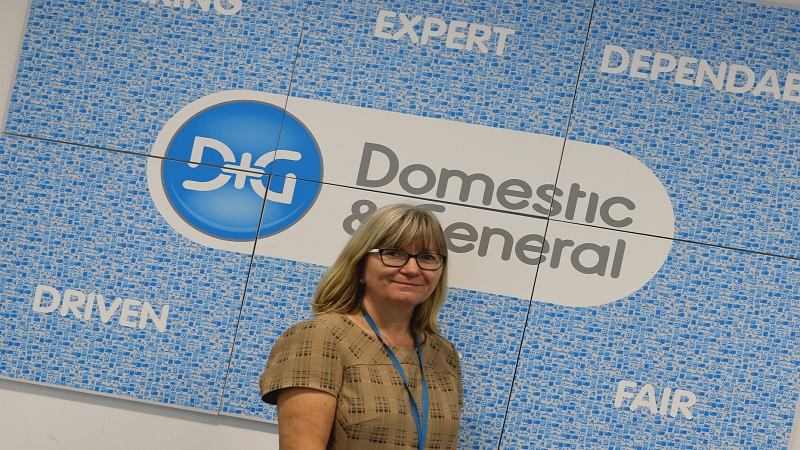GUEST BLOG: Why operators should be open to using flexible staff
https://contactcentresummit.co.uk/wp-content/uploads/2018/07/Coople.jpg 960 640 Stuart O'Brien Stuart O'Brien https://secure.gravatar.com/avatar/9defd7b64b55280442ad2d7fb546a9db?s=96&d=mm&r=gCould a flexible workforce be right for your business? There are five key benefits for you to consider, says Coople…
Matching and optimising your staffing levels to the business you are experiencing can be a challenge, especially when you need to maintain high standards throughout the customer experience. A flexible, adaptable workforce provides a solution. Yet, many firms aren’t open to flexible working opportunities.
So, could flexible working be right for your business? There are five key benefits to consider when you’re weighing up the pros and cons with your operations in mind.
- It’s estimated that the average business can improve their margins by 10-20% simply by using the right mix of contracted and on-demand staff for your business.
- With a database of flexible employees to tap into, you’re in a better position to cover unexpected staff absences or planned holidays without your customer experience suffering as a result.
- It maintains your standards and procedures. With a flexible workforce, you know you already have trained, experienced staff that you can turn to when you need them most.
- It can be a bonus for some potential employees who prefer a more flexible approach, helping you to secure the top talent.
- When you have strategic goals in mind, a flexible workforce can provide you with the short-term expertise that you need.
For a flex pool to work effectively, it is essential for management to balance tasks and responsibilities between permanent and flexible workers. A unified pool can automate processes and add to the value chain, covering areas such as, recruitment, on-boarding, and payroll through to performance management and quality assurance, allowing you to focus your time and resources on other business aspects. Flexible pools combined with an innovative platform allow you to remove the need to filter through CVs, co-ordinate multiple payments, and much more.



